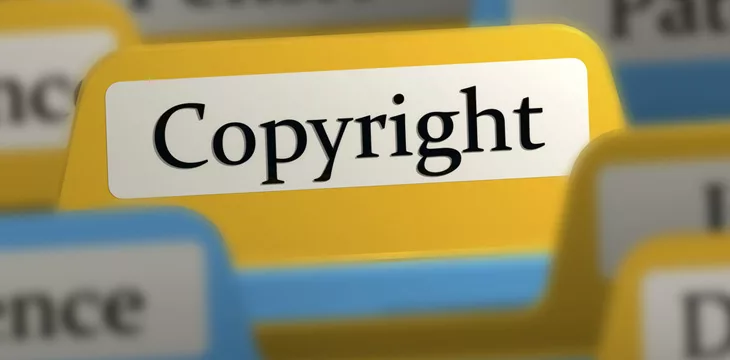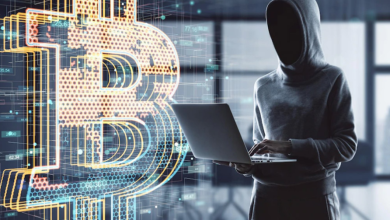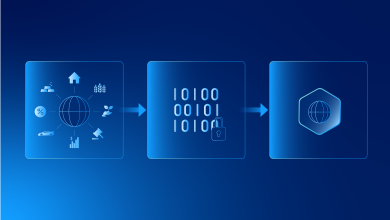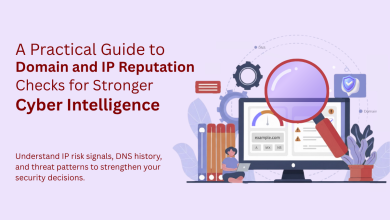
The UK government is exploring a drastic change in law that would allow artificial intelligence companies to use copyrighted material to train large language models (LLMs) – unless the copyright holder opts out.
The proposal is ostensibly the government’s answer to a building tension between the desire not to fetter lucrative AI innovation on the one hand and the rights of copyright holders on the other.
It follows growing concerns from creatives and publishers that AI models such as Chat GPT are being built using unfathomable amounts of copyrighted material, without any compensation to rights holders and often with no real way for them to tell if their work has been used at all.
Indeed, a group of creative giants including Kate Bush, Stephen Fry and Dua Lipa responded to the proposals with open letter to media, saying that the proposed changes would allow big tech to ‘raid’ the creative sectors.
Musicians – including The Clash, Yusuf Islam and Tori Amos also collectively released an album of silent recordings of empty studios, with a track list which spells out ‘The British government must not legalise music theft to benefit AI companies.’
The concerns are understandable and highlight the risk of letting a burgeoning tech industry grow by chipping away at another older, yet still highly lucrative one. In 2021, before the current AI wave had fully gotten underway, UN Trade and Development predicted that the creative economy would reach 10% of global GDP by 2030.
In the UK alone, creative industries reportedly generated £126 million in gross value added to the economy and provided 2.4 million jobs in 2022. These industries depend on the certainty of copyright protection to function; care needs to be taken to protect them industries and the artists working in them.
The Role of Blockchain in Copyright Protection
However, to hyper-focus on worst case scenarios of AI risks missing the bigger, more exciting picture: that AI is just one tool among a groundswell of nascent, disruptive technologies to have entered the mainstream over the past decade –such as blockchain – which can both bring out the best in AI and mitigate the worst.
Faced with an unsatisfactory status quo, artists may have as much to gain from the technological disruption as anybody. This is especially true of the copyright infringement question, and in particular blockchain’s ability to answer it.
Blockchain’s applications stretch far beyond being the foundation for digital currencies like Bitcoin: it’s a distributed, tamper-proof database which does not need to be centrally controlled by any one party.
Some blockchains even allow for smart contracts: self-executing bits of code which can kick off a certain action based on set preconditions – such as automatically paying out fractional royalty payments whenever copyrighted material is accessed.
This transparency along with verifiable data is blockchain’s central value proposition – and makes it a natural answer to AI’s looming copyright question. After all, a lack of transparency has fuelled artists’ critiques of the incumbent royalty system for decades and is a large part of what is animating the current pushback against AI. Verifiable data on blockchain helps solve the issue of proof of ownership.
Currently artists have no easy way to tell how much of their work has been used in the training of an AI model – if it’s been used at all – which is likely to feel particularly urgent for artists who have long struggled to get properly paid for their work in the digital age (among the various intermediaries between the artist and the consumer, it’s difficult for artists to understand whether they are being compensated appropriately – a problem made even more difficult in the age of streaming).
As a shared, tamper-proof ledger, a blockchain can keep a record of all copyright holdings and royalty arrangements that is as accessible to artists as it is to record labels as it is to AI companies seeking to use copyrighted material.
In fact, blockchain and smart contracts could mean that intermediaries are no longer required at all. Entirely decentralised blockchain-based streaming platforms have emerged which allow creators to upload their music and be paid directly by fans for each stream or purchase: where previously there might have been a music label or distributor mediating the relationship between artist and consumer, now there need only be a series of smart contracts ensuring that the artist gets paid each time their copyrighted material is accessed.
This keeps control of an artist’s product with the artist, rather than losing it to the ether of streaming services and having it mysteriously end up as part of an AI model’s output. Under this model, an artist could directly license their copyrighted library to an AI development company for training based on a monthly fee paid directly to the artist.
A smart contract could be agreed upon whereby if the AI developer fails to pay its license fee on time or otherwise abuses the licence, the licence can be automatically revoked and recorded onto the blockchain – without needing to go to court (or rely on a label to go to court for you).
That’s to say nothing of what AI can do for royalties tracking all by itself. AI excels at pattern recognition, meaning it can recognise and record if a piece of music – no matter where it’s played – is copyrighted and who the copyright belongs to.
Before AI, even well-resourced copyright holders had very little practical oversight over how their music is being used and where: now, an appropriately trained AI can sweep through millions of TikToks or Instagram reels and immediately detect if copyrighted content is being used.
The Future of AI and Copyright
Even better, AI’s capabilities are such that it could detect if copyrighted material has been used even where steps have been taken to conceal it: a human ear listening to an AI-produced piece of music might not be able to pick out the Kendrick Lamar sample it was trained on, but another well-trained AI model certainly could.
It then only needs to be checked against a database of copyrighted material to determine how its creator has decided it can be used and if any infringement has taken place.
Leverage this with the already-mentioned capabilities of blockchain, and we have the foundations for a system of copyright management that offers far more robust protections for holders than has ever existed before.
The concerns around AI-powered copyright infringement should be taken seriously, and it will take time and effort to ensure that this new way of doing business works for artists and consumers alike – but artists should view technology such as AI and blockchain as tools at their disposal rather than threats to be insulated from.




